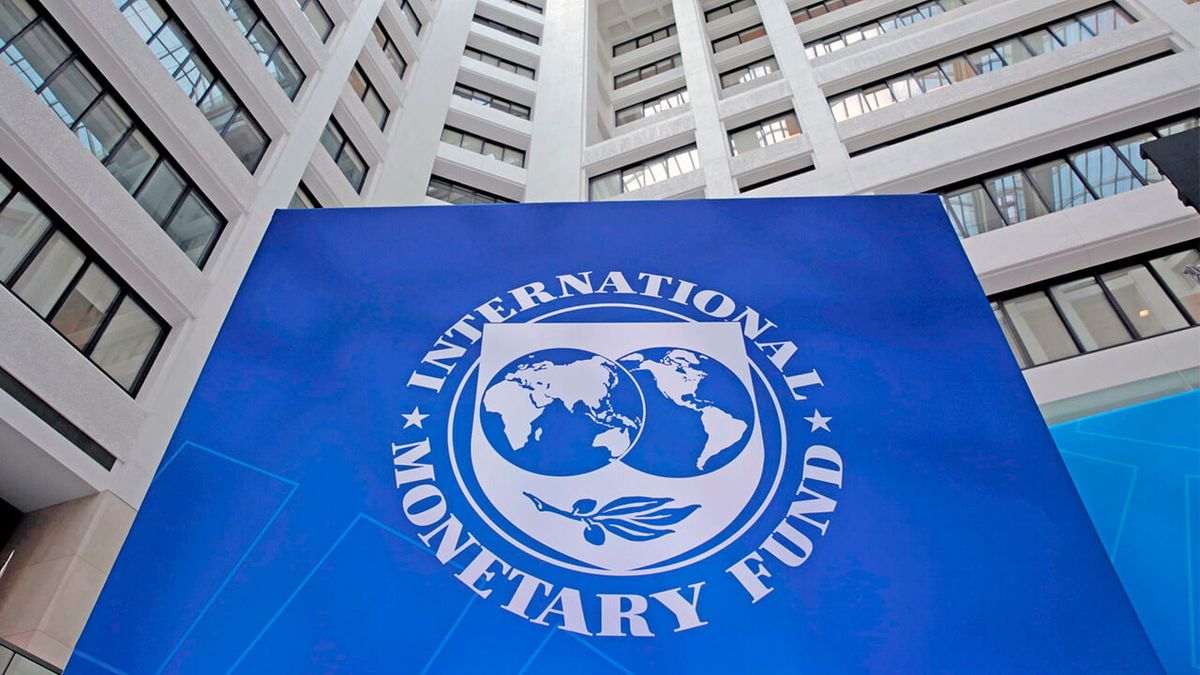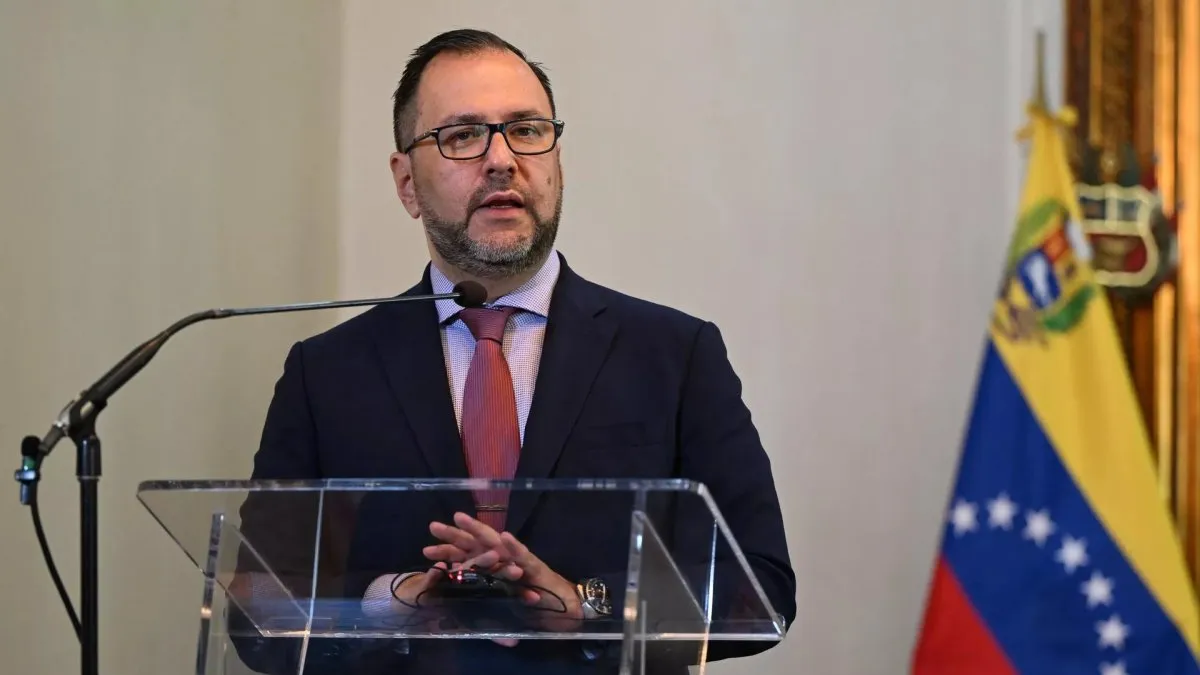The Argentine government anxiously awaits the approval of the International Monetary Fund (IMF) board of directors of the technical report on the goals achieved by the country in 2022, so that a disbursement of US$5,300 millions. It happens that in less than a week the Central Bank will have to face payments for US$2,676 million with reserves.
The times are quite limited depending on the tranquility with which the bureaucratic machinery of the organization that is based in Washington moves.. According to the staff press release last Monday announcing the approval of the goals for the fourth quarter of 2022, the board will meet “in the coming weeks.” to analyze the Argentine case.
According to data from the Congressional Budget Office (OPC), on Tuesday of next week it will be necessary to pay US$913 million, and the next day, another US$1,763 million that the BCRA will have to pay with its own reserves. while the disbursement is processed.
The board meeting in which the money for Argentina will be approved it could be around april 15. According to the usual process of the credit agency, the staff agrees with Argentina and in four weeks the board approves the disbursement.
So if these deadlines are not altered, without having received a single dollar, The Central Bank would have to face, in addition to the March due date, two other payments next month for US$2,624 million. The first on the 7th, for US$1,296 million and the second on the 14th for US$648 million.
Due to the low amount of liquid reserves available to the highest monetary authority, in a context in which it loses dollars almost daily instead of accumulating, it is convenient for Argentina that the Fund expedite the procedures. Strictly speaking, Nothing prevents the head of the organization, Kristalina Georgieva, from speeding up the decision, but, according to economists who have reached the ruling party consulted by Ámbito, this depends in part on the political management of the Government.
IMF disbursements this year will have a negative flow. Argentina must pay some US$17,277 million (according to the OPC) and will receive transfers throughout the year of slightly less than US$16,000 million. Among the payments, it must be noted that the increase in rates at the international level, which determines the interest charged by the Fund, negatively affects the country, and represents about US$3,000 million.
The Argentine government managed to get the Fund to relax the goal of accumulating dollars by the end of the year by some US$2,000 million, which now means that by December it should raise some US$10,400 milliona goal that also looks challenging in the current conditions.
As pointed out Santiago Manoukian, from Ecolatina, there is not in itself a problem with the reserve goals of the agreement. The economist specified that “The complex thing” is the flow of dollars that lies ahead this year because, as he explained, “it strongly stresses the crawling peg as an exchange strategy to avoid a jump in the official exchange rate for the remainder of this government’s term.” In the same way, For Manoukian, it will also be problematic to achieve other goals, such as those for the fiscal deficit in a context of “extremely acute shortage” of dollars.
Source: Ambito




